In what they are saying is a world first, scientists at the University of New South Wales (UNSW) have utilised magnetic fields to understand how light particles split, a process called singlet fission, suggesting the results could provide the next generation of solar cells with a powerful boost.
Chinese solar module manufacturer Longi earlier this year achieved a power conversion efficiency record of 27.30% for a heterojunction back contact solar cell. The new efficiency mark eclipsed the previous world record of 27.09%, which was also set by Longi at the end of last year.
Lead researcher Professor Tim Schmidt from UNSW Sydney’s School of Chemistry said applying singlet fission – a molecular process that allows one energy packet of light to be split into two – to existing silicon solar cell technologies could unlock even greater potential for solar power.
“Today’s solar cells work by absorbing photons which are then sucked away to the electrodes to do the work,” he said. “But as part of this process, a lot of this light is lost as heat. Which is why solar panels don’t run at full efficiency.”
“We’re confident we can get silicon solar cells to an efficiency above 30%.”
Schmidt said the molecular process of singlet fission is “complex and detailed” but the UNSW team had used magnetic fields to reveal the way that singlet fission occurs.
The researchers used a single wavelength laser to excite the singlet fission material. Then they used an electromagnet to apply magnetic fields, which reduced the speed of the singlet fission process, making it easier to observe.
In the study published in Nature Chemistry, the research team said the process breaks the photon into two smaller energy chunks which can then be used individually. This ensures more of the higher energy part of the spectrum is being used, not lost as heat.
Co-author Professor Ned Ekins-Daukes said existing silicon solar cell technology is nearing its fundamental limits in terms of performance but “introducing singlet fission into a silicon solar panel will increase its efficiency.”
“This enables a molecular layer to supply additional current to the panel,” he said, adding the team would “now make a prototype of an improved silicon solar cell and then work with our industrial partners to commercialise the technology.”
UNSW’s singlet fission project last year secured almost $4.83 million in funding through the Australian Renewable Energy Agency’s ultra low-cost solar program. The program aims to develop technologies capable of achieving greater than 30% efficiency at a cost below 30 cents per watt by 2030.
This content is protected by copyright and may not be reused. If you want to cooperate with us and would like to reuse some of our content, please contact: editors@pv-magazine.com.
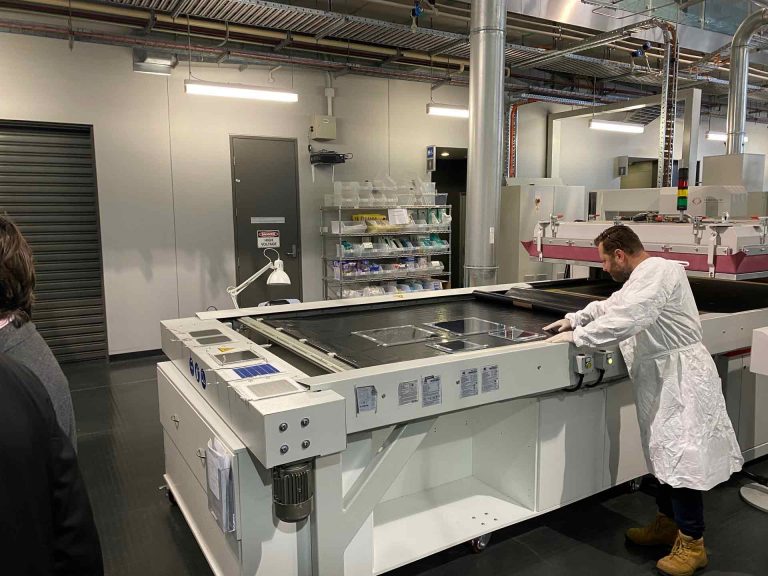
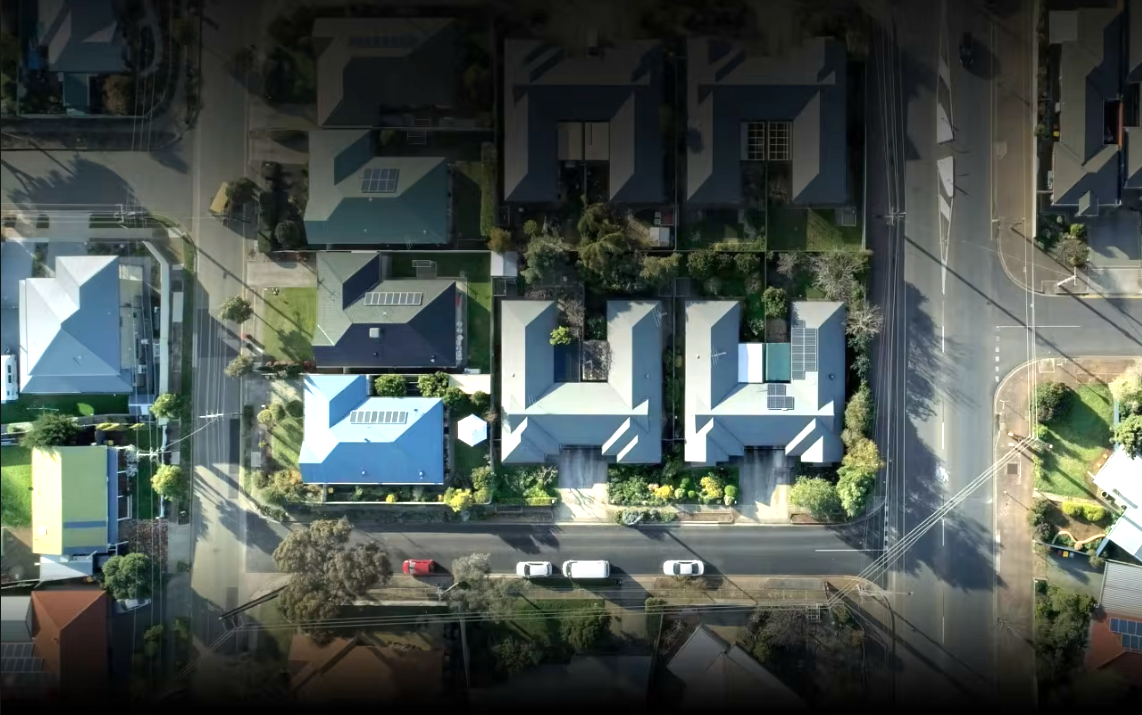


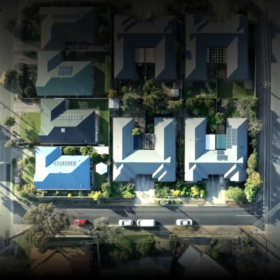
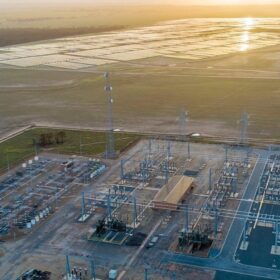
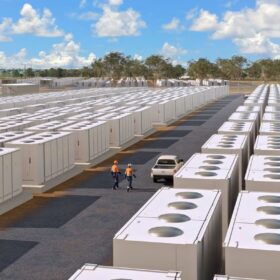
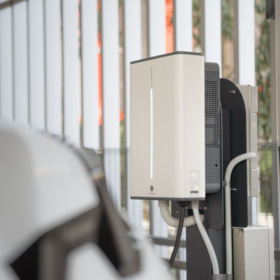

By submitting this form you agree to pv magazine using your data for the purposes of publishing your comment.
Your personal data will only be disclosed or otherwise transmitted to third parties for the purposes of spam filtering or if this is necessary for technical maintenance of the website. Any other transfer to third parties will not take place unless this is justified on the basis of applicable data protection regulations or if pv magazine is legally obliged to do so.
You may revoke this consent at any time with effect for the future, in which case your personal data will be deleted immediately. Otherwise, your data will be deleted if pv magazine has processed your request or the purpose of data storage is fulfilled.
Further information on data privacy can be found in our Data Protection Policy.